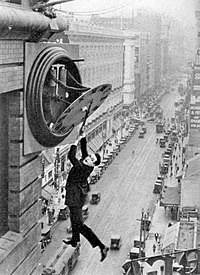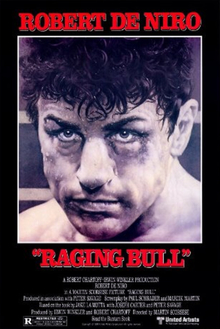
Raging Bull is a 1980 American biographical sports drama film directed by Martin Scorsese and starring Robert De Niro, Joe Pesci, Cathy Moriarty, Theresa Saldana, Frank Vincent, and Nicholas Colasanto in his final film role. The film is an adaptation of former middleweight boxing champion Jake LaMotta's 1970 memoir Raging Bull: My Story. It follows the career of LaMotta, played by De Niro, his rise and fall in the boxing scene, and his turbulent personal life beset by rage and jealousy.

The General is a 1926 American silent film released by United Artists. It was inspired by the Great Locomotive Chase, a true story of an event that occurred during the American Civil War. The story was adapted from the 1889 memoir The Great Locomotive Chase by William Pittenger. The film stars Buster Keaton, who also co-directed it along with Clyde Bruckman.

The Gold Rush is a 1925 American silent comedy film written, produced, and directed by Charlie Chaplin. The film also stars Chaplin in his Little Tramp persona, Georgia Hale, Mack Swain, Tom Murray, Henry Bergman and Malcolm Waite.

Modern Times is a 1936 American part-talkie comedy film produced, written and directed by Charlie Chaplin. In Chaplin's last performance as the iconic Little Tramp, his character struggles to survive in the modern, industrialized world. The film also stars Paulette Goddard, Henry Bergman, Tiny Sandford and Chester Conklin.
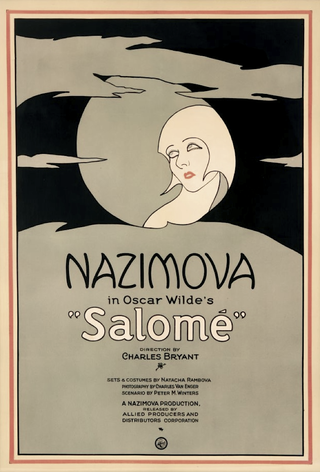
Salomé is a 1922-23 silent film directed by Charles Bryant and Alla Nazimova, who also stars. It is an adaptation of the 1891 Oscar Wilde play of the same name. The play itself is a loose retelling of the biblical story of King Herod and his execution of John the Baptist at the request of Herod's stepdaughter, Salomé, whom he lusts after.

Sherlock Jr. is a 1924 American silent comedy film starring and directed by Buster Keaton and written by Clyde Bruckman, Jean Havez, and Joseph A. Mitchell. It features Kathryn McGuire, Joe Keaton, and Ward Crane.

Harold Clayton Lloyd Sr. was an American actor, comedian, and stunt performer who appeared in many silent comedy films.

A stunt performer, often called a stuntman or stuntwoman and occasionally stuntperson or stunt-person, is a trained professional who performs daring acts, often as a career. Stunt performers usually appear in films or on television, as opposed to a daredevil, who performs for a live audience. When they take the place of another actor, they are known as stunt doubles.
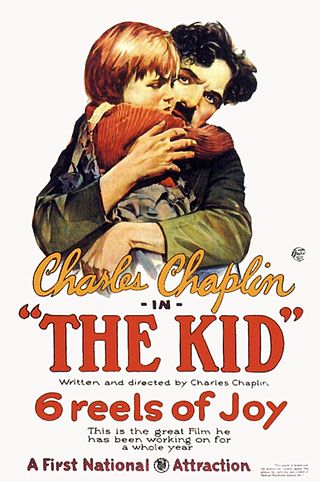
The Kid is a 1921 American silent comedy-drama film written, produced, directed by and starring Charlie Chaplin, and features Jackie Coogan as his foundling baby, adopted son and sidekick. This was Chaplin's first full-length film as a director. It was a huge success and was the second-highest-grossing film in 1921. Now considered one of the greatest films of the silent era, it was selected for preservation in the United States National Film Registry by the Library of Congress in 2011.
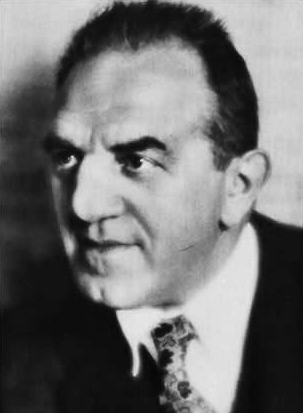
Louis Robert Wolheim was an American actor, of both stage and screen, whose rough physical appearance relegated him to roles mostly of thugs, villains and occasionally a soldier with a heart of gold in the movies, but whose talent allowed him to flourish on stage. His career was mostly contained during the silent era of the film industry, due to his death at the age of 50 in 1931.
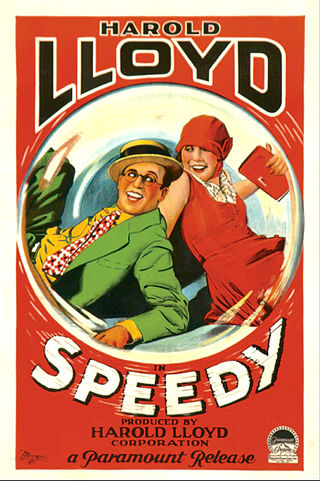
Speedy is a 1928 American sound part-talkie comedy film starring comedian Harold Lloyd in the eponymous leading role. It was Lloyd's last silent film to be released theatrically. Due to the general public's apathy towards silent films, a sound version was prepared and released in the latter half of 1928. In addition to sequences with audible dialogue or talking sequences, the film features a synchronized musical score and sound effects along with English intertitles. The soundtrack was recorded using the Western Electric sound-on-film system.
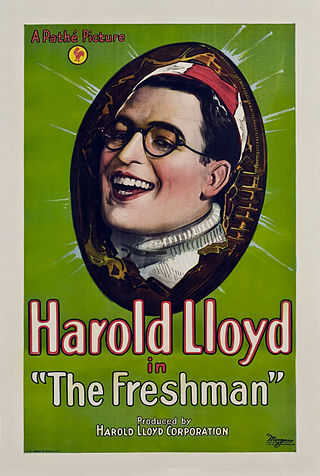
The Freshman is a 1925 American silent comedy film that tells the story of a college freshman trying to become popular by joining the school football team. It stars Harold Lloyd, Jobyna Ralston, Brooks Benedict, and James Anderson. It remains one of Lloyd's most successful and enduring films.
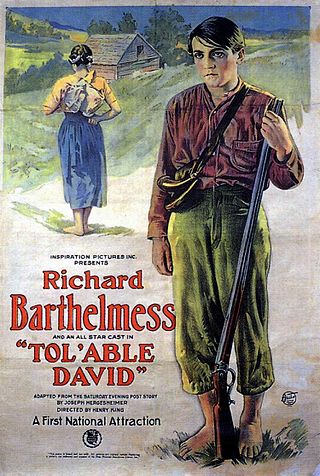
Tol'able David is a 1921 American silent film based on the 1917 Joseph Hergesheimer short story of the same name. It was adapted to the screen by Edmund Goulding and directed by Henry King for Inspiration Pictures. A rustic tale of violence set in the Allegheny Mountains of eastern West Virginia, it was filmed in Blue Grass, Virginia, with some locals featured in minor roles.

Feet First is a 1930 American pre-Code comedy film starring Harold Lloyd, a popular daredevil comedian during the 1920s and early 1930s. It was Lloyd's second sound film.
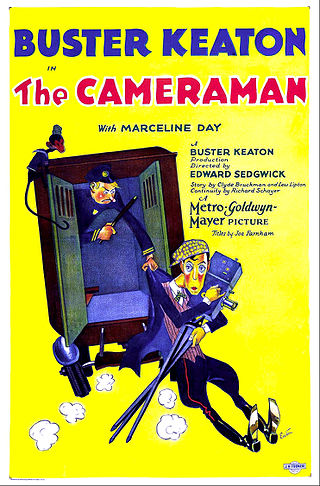
The Cameraman is a 1928 American silent romantic comedy film directed by Edward Sedgwick and an uncredited Buster Keaton.The picture stars Keaton and Marceline Day.

Dr. Jack is a 1922 American silent comedy film starring Harold Lloyd. It was produced by Hal Roach and directed by Fred Newmeyer. The story was by Jean Havez, Hal Roach, and Sam Taylor. The film was released on November 26, 1922. Grossing $1,275,423, Dr. Jack was one of the top-ten most profitable releases of 1922.

The Sin of Harold Diddlebock is a 1947 American comedy film written and directed by Preston Sturges, starring the silent film comic icon Harold Lloyd, and featuring a supporting cast including female protagonist Frances Ramsden, Jimmy Conlin, Raymond Walburn, Rudy Vallee, Arline Judge, Edgar Kennedy, Franklin Pangborn, J. Farrell MacDonald, Robert Dudley, Robert Greig, Lionel Stander and Jackie the Lion. The film's story is a continuation of The Freshman (1925), one of Lloyd's most successful movies.

High and Dizzy is a 1920 American short comedy film starring Harold Lloyd.
Photoplay Productions is an independent film company, based in the UK, under the direction of Kevin Brownlow and Patrick Stanbury. Is one of the few independent companies to operate in the revival of interest in the lost world of silent cinema and has been recognised as a driving force in the subject.
Harvey Parry was an American stuntman and actor whose career spanned the silent era and the disaster movie genre of the 1970s.

